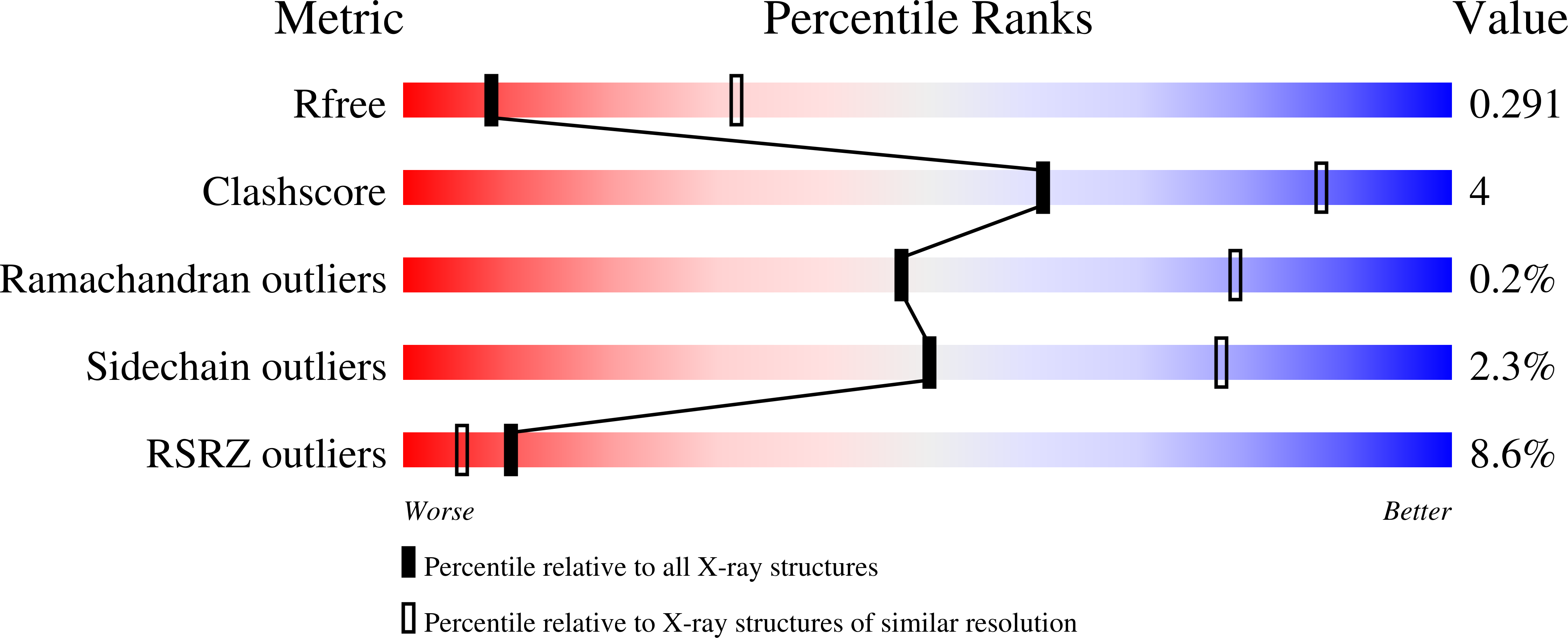
Deposition Date
2021-07-05
Release Date
2022-05-04
Last Version Date
2024-11-06
Entry Detail
PDB ID:
7P2D
Keywords:
Title:
Structure of alphaMbeta2/Cd11bCD18 headpiece in complex with a nanobody
Biological Source:
Source Organism:
Homo sapiens (Taxon ID: 9606)
Lama glama (Taxon ID: 9844)
Lama glama (Taxon ID: 9844)
Host Organism:
Method Details:
Experimental Method:
Resolution:
3.20 Å
R-Value Free:
0.29
R-Value Work:
0.26
R-Value Observed:
0.26
Space Group:
P 31 2 1


